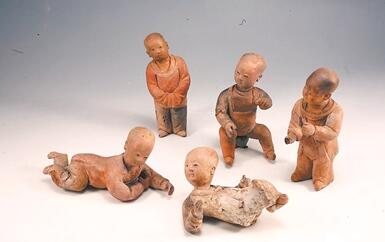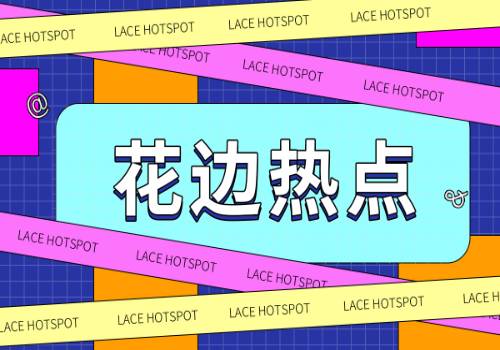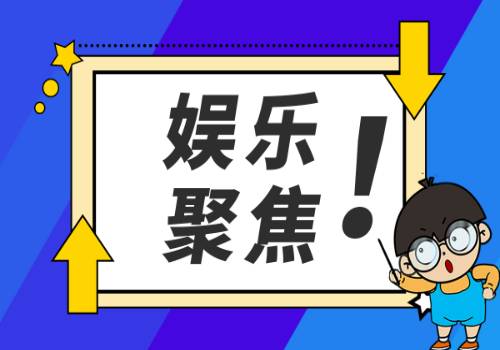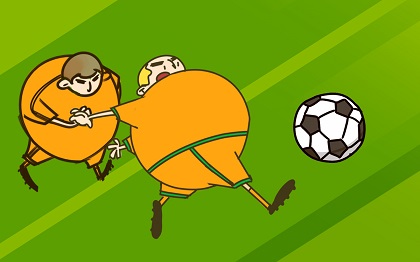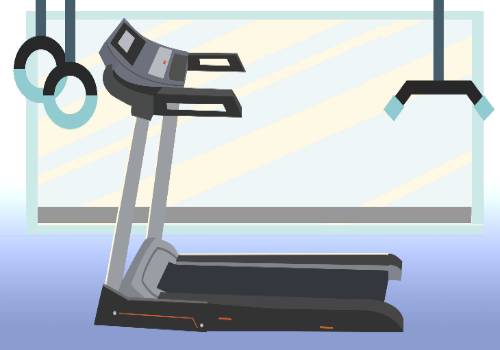音频中的美音原版音频片段,来自“中国读本”系列丛书
这套书由人民教育出版社与美国国家地理学习联合出版
旨在弘扬与传播中华优秀文化的英语读本
凉亭是苏州园林中非常重要的一个元素,你知道凉亭最初是用来做什么的吗?今天我们来了解一下凉亭的历史:
Traditional Chinese pavilion is normally a covered small structure with little or no wall.
传统中式凉亭面积较小,大多只有顶,没有墙。
These open structures were initially erected at the roadside in the Warring States era more than 2,200 years ago as shelters for soldiers. After China was reunited under the Qin, a unified postal system was established, and roadside pavilions were used for the government postmen on horseback to transfer the letters and parcels. It also provided passengers a place to take a rest on a long journey and shelter during the rain.
凉亭这种开放式的建筑最初建于2200多年前的战国时期,作为士兵休息的地方。秦朝统一中国后,建立了统一的邮政体系,路边的亭子被骑马的邮差用作传送信件和包裹。它还为长途跋涉的人提供了一个休息的地方,同时成为了下雨时遮风避雨的地方。
erect [ɪˈrekt]
v. 搭建,建造
shelter [ˈʃeltə(r)]
n. 居所,住处;(尤指用以躲避风雨或攻击的)遮蔽物,庇护处;遮蔽,庇护
例:
The city"s bomb shelters were being prepared for possible air raids.
这座城市的防空掩体正在准备中,以防可能发生的空袭。
Although horses do not generally mind the cold, shelter from rain and wind is important.
尽管马通常不怕冷,但对风雨的遮挡还是很重要的。
But it was in Tang Dynasty, Chinese scholar poets/painters (they were often the same people) began to introduce pavilions into their garden residence to materialise their poems and to convey their 2D paintings into a 3D landscape. Since Song and Ming and thereafter, pavilions have become essential elements in garden design, which serve two key functions apart from offering covered seating: as a focal point of the garden, and as the base to view the garden scene.
在唐代,学者、诗人、画家开始将亭子引入他们的花园住宅,把他们诗中的想象变为现实,并将他们的画作变作真实的场景。宋朝、明朝以来,凉亭已成为花园设计的基本元素,除了为人提供坐下来休息之外,还有两个关键功能:作为花园的中心点和观赏花园景观的地点。
materialize [məˈtɪəriəlaɪz]
v. 实现,成为现实
例:
The promotion he had been promised failed to materialize.
答应给他晋升的许诺未能实现。
I don"t think his plans will ever materialize.
我认为他的计划永远不会实现




